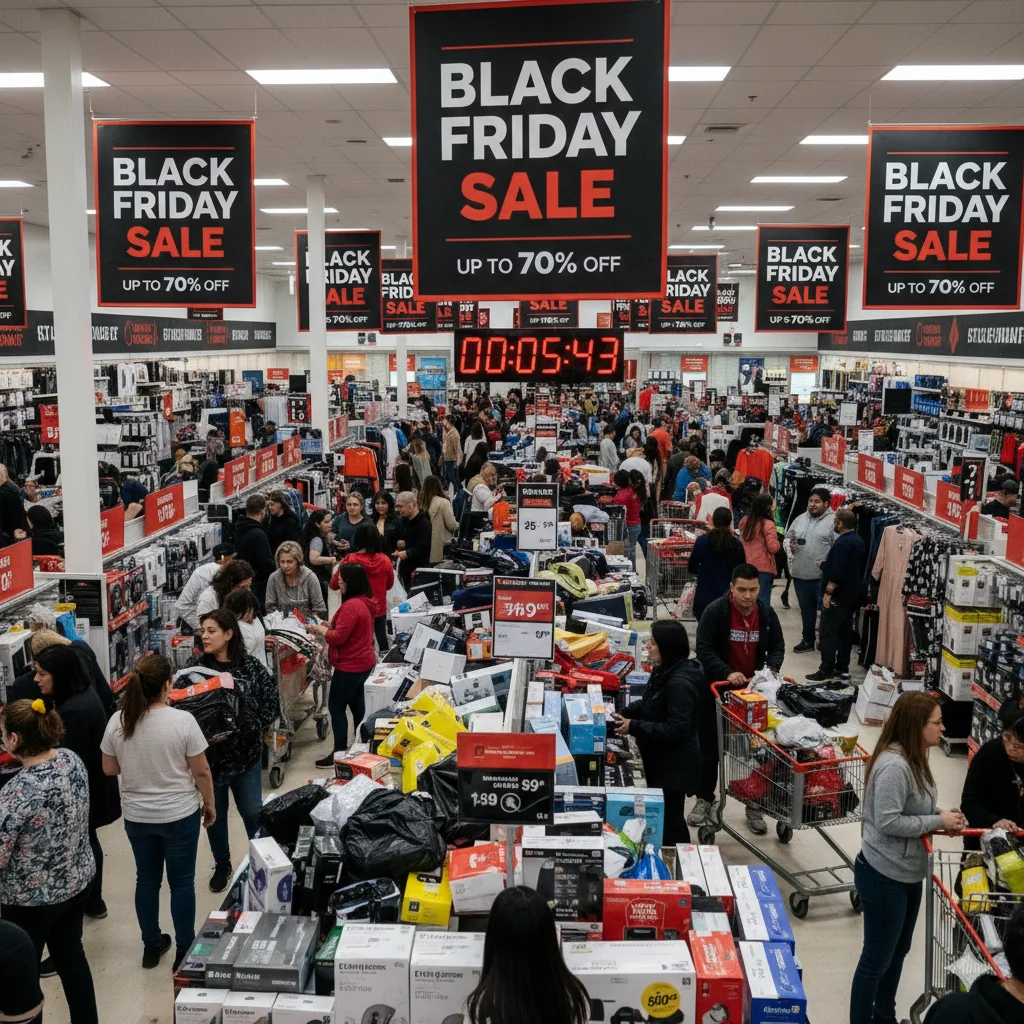What Is Black Friday?
Black Friday is not just a “shopping day”; it’s one of the most strategic periods of the year for both businesses and consumers. Brands strive to manage high demand and maintain profitability in a short time, while customers aim to capture real value without breaking their budgets. This guide is designed to help both sides win on the same stage: strategic planning and differentiation for brands, safe and smart purchasing decisions for consumers.
Smart Shopping Tactics for Consumers
1) How to Identify Real Discounts
- Track price history: Browser extensions and price-tracking websites let you see historical prices. Avoid falling into the “inflate and then discount” trap.
- Test your cart: Add items to your cart a few days before the campaign and note the prices. Compare them during Black Friday to spot fake discounts.
- Check unit prices: Compare prices per gram, liter, or piece to evaluate true value regardless of packaging or brand size.
2) Budget Management and Needs Analysis
- Separate “wants” and “needs”: Needs come first. Purchases outside your needs list often look like opportunities but break your budget.
- Set spending limits: Define total and category-based limits (e.g., electronics, clothing, home goods) to avoid impulsive decisions.
- Don’t fall for time pressure: Countdown timers like “Only 10 minutes left!” are designed to push fast clicks. Only buy when you’ve done your research and are sure.
3) Safe Shopping Tips
- Website security: Look for “https” and the lock symbol in the browser bar. Be cautious of unknown sites offering unrealistic gift cards or discounts.
- Return and warranty policies: Always check size return options for clothing, warranty duration for electronics, shipping costs, and return procedures.
- Use virtual cards and 3D Secure: Virtual cards with adjustable limits and 3D authentication add an extra layer of security.
- Official communication channels: Keep all confirmation emails and SMS messages for orders, invoices, and warranties — they’re invaluable in case of disputes.

Winning Strategies for Brands
1) Turning Data into Strategy
- Segmentation & Personalization: Create segments based on cart abandonment, category interest, and purchase frequency. Send personalized emails and push notifications.
- Dynamic content: Display homepage blocks based on the user’s past interactions (e.g., “Back in stock,” “Recommended for you”).
- Demand signals: Wish lists and stock alerts help you predict demand and allocate ad budgets efficiently.
2) Operational Readiness: Traffic, Stock & Shipping
- Website resilience: Prepare for traffic surges with caching, CDN, and load testing. Test “cart” and “checkout” flows first.
- Stock and supply chain: Secure inventory levels for high-demand SKUs. Suggest alternatives to reduce disappointment.
- Shipping communication: Delivery delays are inevitable during peak times — manage expectations transparently.
- Customer support capacity: Optimize chat and call center schedules, and enhance self-service FAQ options.
3) Stand-Out Marketing Tactics
- Go beyond price: Offer bundles, free installation, or extended warranties to increase perceived value.
- Loyalty & early access: Give loyalty members early access or free shipping to strengthen engagement.
- Interactive campaigns: Use gamification, live product demos, and verified reviews to boost conversions.
- Transparent communication: Use “limited stock” or “today only” labels truthfully. Trust leads to post-Black Friday sales.
The Common Formula for a Successful Black Friday
For consumers, success means getting the right product at the right price safely. For brands, it means gaining loyal customers while staying profitable. Black Friday is not just about discounts — it’s a season for building value, trust, and experience.
Take Action
For consumers: Create a shopping list, set a spending limit, install price-tracking tools, and activate your virtual card.
For brands: Review your traffic, stock, and shipping capacity. Plan bundle offers and early-access campaigns now.



